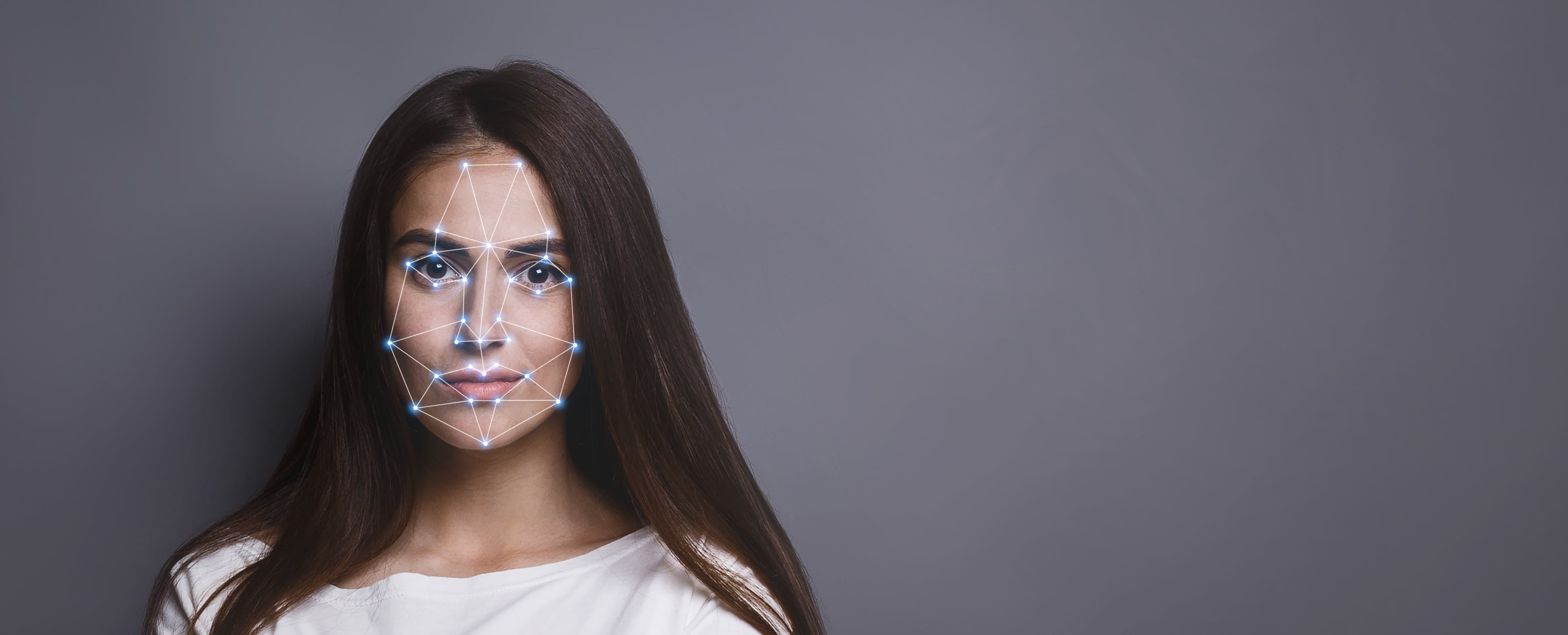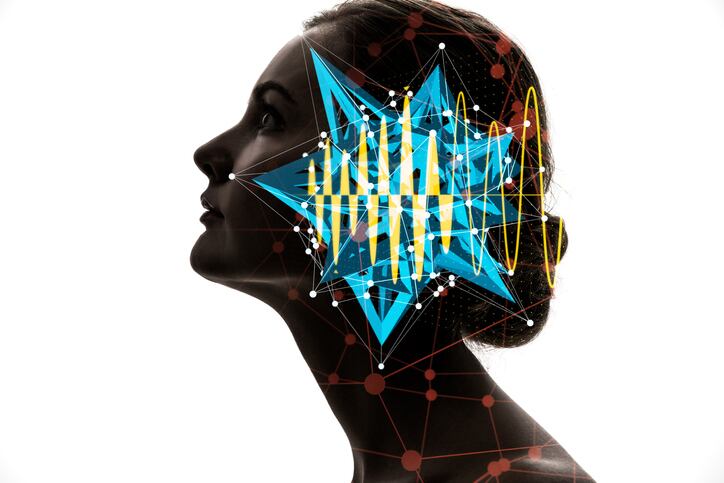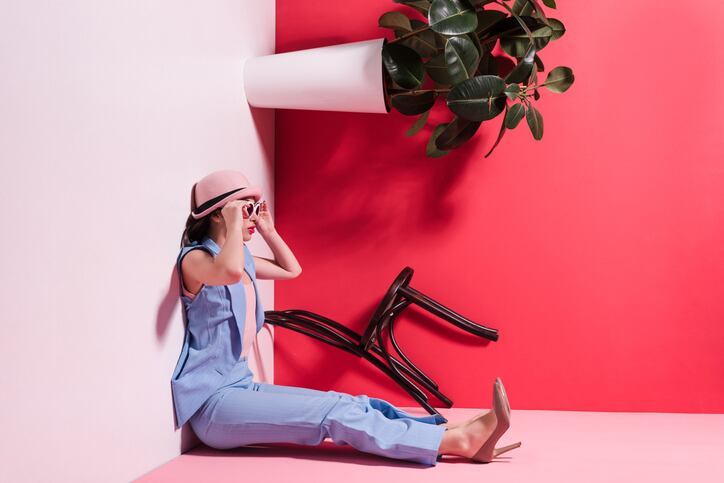A quick scan across some of the biggest names giving a nod to technology include Unilever with its Tinder-like Idea Swipe app and digital factory goals; L’Oréal’s and ModiFace’s diagnostic tool enabling consumers to ‘try on’ make-up and its subsequent team-up with Amazon; and Coty’s AI tool for finding the ‘perfect scent match’. And it’s not just the major players investing in augmented reality, artificial intelligence, digital platforms and big data analysis, you’ve then got a plethora of start-ups and Indie brands pivoting on this futuristic shift in how industry does business.
But as the face of today’s beauty industry changes, what might the future look like? And who will lead the digital race?
‘The nature of this category lends itself very well to technology’
Speaking to CosmeticsDesign-Europe, Laura Gurski, senior managing director and global lead for Consumer Goods and Services at strategy and consulting firm Accenture, said it was a “fascinating” time for beauty.
“Beauty is personal. The nature of this category lends itself very well to technology,” Gurski said.
And there was certainly a global tech movement happening in beauty, she said, across the board from the bigger players through to the smaller start-ups.
“Investments are being made everywhere, it’s really interesting. The barrier to entry right now is much lower; the technology isn’t as expensive as it used to be; and the analytics are more accessible.”
“…What we are seeing in beauty, in particular, is a bit of a revolution where the response to consumer needs meets technology.”
Europe beauty has ‘indexed more’ on technology
However, it was clear European beauty was leading the charge in tech investments, Gurski said, driven by consumer demands and expectations.

“I think the big players in Europe have indexed more on technology – there’s been more of a tech play – and their tech investment is going to allow them to achieve a lot of things.”
From understanding real-time consumer needs and giving them new ways to trial products to knowing the exact skin profile of a consumer, there were a plethora of opportunities technology provided, she said. Also, using data and insight to provide a personalised experience in-store would become increasingly important as Generation Z, while digitally-driven, liked to go into store to try beauty products.
“It is really important [European beauty manufacturers] have chosen to make their investments more in technology – they’re placing a bet on it, for sure. I think it’s a very good thing,” she said.
‘Closing the loop’ on big data
Gurski said it would be interesting to see how these investments evolved, but one thing was certain – industry had to respond do all the aggregated big data provided on these technology platforms.
“Now, the consumers don’t think of it as technology, they think of it as convenient and highly-personalised and once these companies are able to, as I say, ‘close the loop’, it will really impact and accelerate product development and greater personalisation for the consumer.”
“…The insight they’re going to gather will pay dividends,” she said.
Gurski said the European beauty sector would “mature more quickly” on the tech side, particularly in terms of personalisation and use of devices and subscription services. This, she said, would help garner “even greater brand loyalty” as well as service existing channels but also build direct-to-consumer models.
“You can then get more information about that consumer and it’s a nice virtuous circle.”


